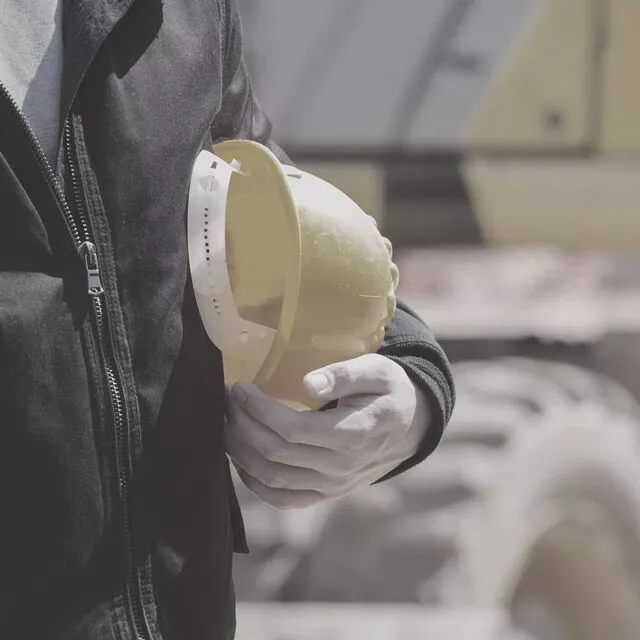The Role of Construction Workers at Ground Zero
As previously reported by NPR, an International Union of Operating Engineers’ construction worker was the first person to swing a wrecking ball in Manhattan in 25 years. Wrecking balls are generally prohibited in the area, as the buildings are too close together to use one safely. 9/11 cleanup was the exception:
The construction crew spent many months working the pile a term used to refer to the work involved in cleaning up the rubble of the collapsed towers. It was work that required hundreds of people and many types of heavy equipment, with the workers committing to 12-hour shifts.
It was work they wanted to do, with many reporting a strong sense of commonality and duty among the workers. The end of each day was punctuated with throngs of people standing on the West Side Highway, honking and waving in support to those headed home for a bit of sleep before the task began again.
The work also completely stopped many times a day so that recovery workers could remove bodies from the pile or look at the photos of people’s loved ones who they had not heard from since the attack.
It was dangerous work: Many construction workers suffered severe or even disabling injuries during the cleanup operations. It ultimately made many workers ill with respiratory disorders and cancer from toxic exposure. These workers also include not just those on the pile, but the thousands of other workers who worked on the dozens of buildings that were nearby the pile that needed to be repaired or even cleaned of the massive dust fallout from the collapse of the WTC.
Ground Zero cleanup operations officially ended on May 30, 2002, many months after the attack. In all, workers cleaned up 1.8 million tons of debris. For much of that time, fires first burned and then smoldered within the rubble.



